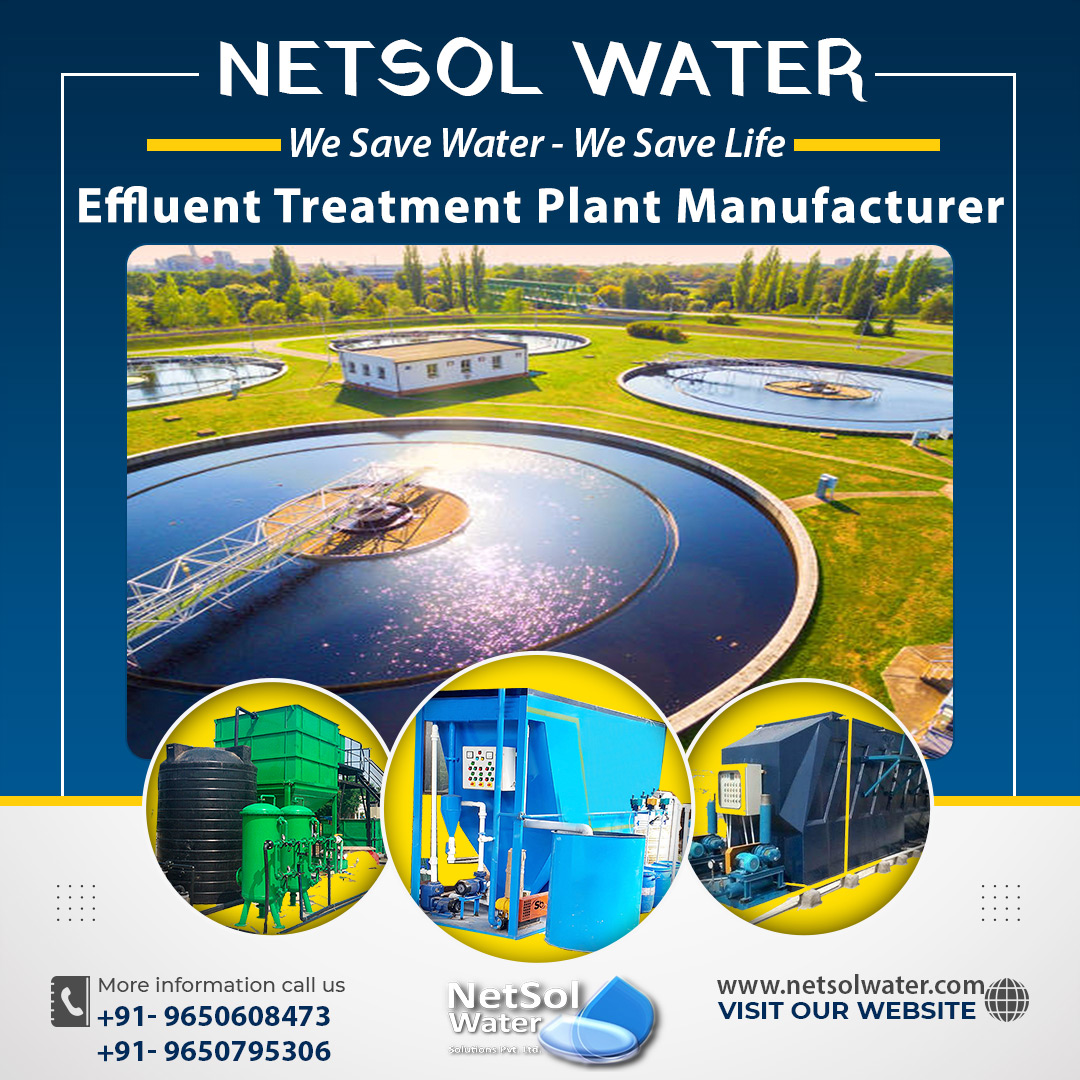Effluent treatment plant for shopping complexes: A diagrammatic representation
Typically, effluent treatment systems consist of a series of water treatment facilities where all wastewater collected from water-using operations is combined and treated as a single effluent stream. This centralized approach treats wastewater in a sequential manner. For example, the combined effluent is treated by a primary treatment unit before being handled by a secondary treatment unit. Following the secondary units, biological processes can be advanced. The design of such centralized treatment facilities is primarily concerned with unit sizing and the design of individual treatment units.

Because individual wastewater generated from water-using operations is all mixed up before being fed to the effluent treatment system, the resulting wastewater stream is likely to be diluted and have a large volumetric flowrate, resulting in high operating costs and capital investment with a centralized treatment scheme.
To fully take advantage of the high concentration and low volume of wastewater in the design of treatment systems, a different approach can be taken by strategically splitting and mixing individual effluents before sending them to treatment units. Because each effluent contains different contaminants with varying levels of contamination, unnecessary mixing between effluent streams increases flowrate while decreasing concentration. In general, the capital cost of wastewater treatment facilities is proportional to the unit's capacity, which is primarily determined by the effluent flowrate treated through the unit.
Furthermore, a large driving force is preferred for effluent treatment due to the relative ease of removing contaminants from wastewater when compared to operations with a small driving force. As a result, dilution through mixing should be carefully considered, as it can lead to separation difficulties.
Effluent Treatment Plant for shopping complexes:
Effluent treatment in shopping malls refers to the treatment of wastewater generated by shopping malls before it can be discharged into waterways. The goal of this treatment is to reduce the contaminants/pollutants to acceptable levels so that the water can be discharged back into the environment. This treatment is critical for preventing pollution of the receiving water.
How many stages in Effluent treatment plant?
The following are the various levels of processes involved in an effluent treatment plant for shopping malls:
1. Preliminary Therapy
2. Initial Treatment
3. Subsequent Care
4. Tertiary Care
1. Preliminary or Pretreatment: In most wastewater treatment plants, this is the very first level of treatment. It employs bar screens of various sizes to remove large solids such as sticks, rags, plastic materials, and so on. This is accomplished through a process known as floatation and sedimentation. If these are not removed, other parts of the plants will suffer. Comminutors are used to break down large solid materials, and a grit chamber is also used to remove sand, dirt, stones, and other debris. It removes many waste materials from wastewater, but it still contains a variety of harmful contaminants that must be treated before discharge.
2. Primary Treatment: This is the second level of ETP treatment. Its primary goal is to separate solid matter from wastewater using physical treatment methods. During this process, wastewater is held in a tank known as the primary sedimentation tank, where heavier solids settle to the bottom and are removed as a primary effluent that will be treated further down the line, and lighter solids, scum, and grease are skimmed from the surface using bar screens and a grit chamber. The remaining liquid wastewater is now being pumped for secondary treatment. This procedure removes approximately 70% of TSS (Total suspended Solids).
3. Secondary or Biological Treatment: This stage removes soluble organic matter that has escaped from previous stages using an aerobic biological method such as the "activated sludge process." It is made up of an aeration tank, followed by a secondary sedimentation tank or secondary clarifier.When compressed air comes into contact with liquid wastewater, microorganisms grow and decompose the organic matter. When aerated water enters a secondary clarifier, organic matter settles to the bottom and becomes secondary effluent, a portion of which is re-circulated and the remainder is routed to a sludge digester for sludge processing. This method removes approximately 70-80 percent of organic matter.
4. Tertiary or Disinfection Treatment: This is the final stage in the majority of mall effluent treatment plants. This is the only stage capable of removing 99 percent of disease-causing microorganisms from wastewater. It also removes residual suspended solids and organic matter that were not removed in the previous stages. It entails a process known as disinfection, which employs disinfectants such as UV light and others to significantly reduce the number of microorganisms in the water that is to be released into natural water bodies.
Netsol Water are a manufacture of every waste water solutions including STP’s, ETP’s and much more.




